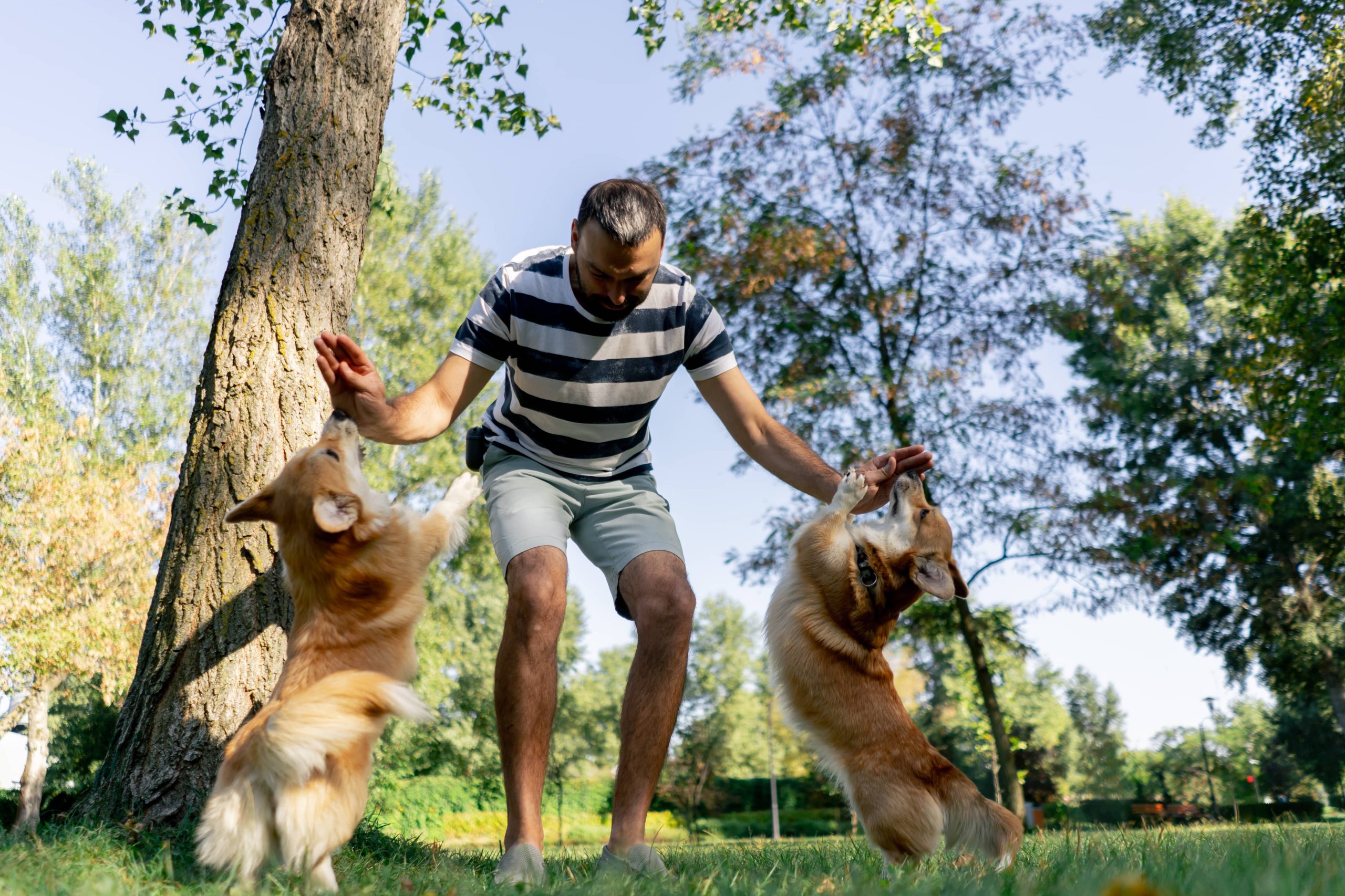
Training your pet can be one of the most rewarding aspects of pet ownership. It strengthens the bond between you and your furry friend, ensures their safety, and enriches their lives with meaningful activity. However, like any complex task, it can be easy to make mistakes that inadvertently harm your pet’s well-being. Here, we’ll delve into some common training mistakes that you should avoid to ensure a healthy, happy relationship with your pet.
1. Inconsistency in Training
Consistency is the cornerstone of effective training. If you are not consistent with your commands, behaviors, and expectations, your pet can quickly get confused. For example, if you allow your dog to jump on you sometimes but discourage it at other times, it sends mixed messages. Similarly, if multiple family members use different commands for the same behavior, your pet won’t know which to follow. Consistent training helps your pet understand what is expected and makes the learning process smoother.
Solution:
– Stick to one set of commands.
– Ensure that all family members are on the same page.
– Practice regularly.
2. Punishing Instead of Positive Reinforcement
Many pet owners think that punishment is a quick, effective way to stop undesirable behaviors. However, punishment, especially physical punishment, can lead to fear, aggression, and other behavioral problems. Instead, focus on positive reinforcement. Reward your pet for good behavior with treats, praise, or playtime. Research shows that positive reinforcement is much more effective than punishment.
Solution:
– Use treats, toys, and praise to reward good behavior.
– Ignore bad behavior or redirect your pet’s energy to a more appropriate activity.
– Never use physical punishment.
3. Overtraining
While it is essential to practice regularly, overtraining can be just as harmful. Pets, like humans, have varying attention spans and energy levels. Overloading them with long, repetitive training sessions can cause boredom and frustration, leading to loss of interest and slower learning. It could also create a negative association with training, making future sessions more challenging.
Solution:
– Keep training sessions short but frequent.
– Watch for signs of fatigue or frustration.
– End sessions on a positive note.
4. Poor Timing of Rewards
Timing is crucial when it comes to reinforcing behavior. If you wait too long to reward your pet, they may not associate the treat with the desired behavior. Conversely, if you give treats at the wrong time, you could inadvertently reinforce undesired behavior. The precise timing of rewards ensures that your pet clearly understands what is being rewarded.
Solution:
– Offer treats immediately after your pet performs the desired behavior.
– Use a clicker as a marker to indicate the exact moment of correct behavior.
– Be consistent with the timing of rewards.
5. Not Understanding Your Pet’s Needs and Limitations
Every pet is unique with its own set of needs, capabilities, and limitations. Not understanding these can lead to unrealistic expectations and frustration for both you and your pet. For example, certain breeds may be naturally more energetic and require different training methods than more laid-back breeds. Likewise, age and health conditions play a significant role in your pet’s ability to learn and perform tasks.
Solution:
– Research and understand your pet’s breed-specific traits.
– Consult with a veterinarian for any health-related limitations.
– Tailor your training approach to suit your pet’s individual needs.
6. Lack of Socialization
Proper socialization is a key part of training that is often overlooked. Pets that are not socialized may develop fear or aggression towards other animals and humans. Introducing your pet to different environments, people, and other animals at an early age helps to build their confidence and teaches them how to behave appropriately in various situations.
Solution:
– Start socialization early, but make sure it’s a positive experience.
– Gradually expose your pet to new environments, sounds, and people.
– Use positive reinforcement to reward calm and appropriate behavior.
7. Ignoring Small Successes
In the quest for a perfectly trained pet, it’s easy to overlook small achievements. Ignoring these can discourage your pet and slow down progress. Celebrate small successes and use them as building blocks for more complex behaviors.
Solution:
– Acknowledge and reward small accomplishments.
– Be patient and understand that training is a gradual process.
– Keep sessions positive and encouraging.
8. Neglecting Mental Stimulation
Training goes beyond teaching basic commands; it’s also about providing mental stimulation. Without mental challenges, pets can become bored and develop behavioral problems. Incorporate activities that challenge your pet’s mind, such as puzzle toys, advanced commands, or agility training.
Solution:
– Integrate puzzle toys and interactive games into your routine.
– Teach advanced tricks or participate in activities like agility training.
– Regularly introduce new challenges to keep training engaging.
Conclusion
Training your pet is a rewarding journey that requires patience, consistency, and understanding. Avoiding these common mistakes can make the process smoother and more enjoyable for both you and your pet. Remember, every pet is unique, and tailoring your approach to their specific needs will lead to the best outcomes. By adhering to these guidelines, you can build a strong, trusting bond with your pet while ensuring their well-being and happiness.






